More than 14 million households buy spirits to drink at home and the off-trade category is worth £2.7bn. Yet, when compared with the on-trade (worth £3.5bn), it is clear that retailers are still under-exploiting the market. Suppliers are partly to blame, as they have previously concentrated on the higher margins and better brand visibility the on-trade offered. But now the take-home market is becoming more attractive as it is less competitive and is considered by manufacturers to have huge volume growth potential. The smoking ban should also help as it makes people spend more time at home. "That will automatically create opportunities," says Michal Gierak, joint founder of Ocean Spirits. His company has taken the unusual step of building its Polish vodka Soplica almost exclusively through the off-trade. "There is an opening through growth in entertaining at home, for example, as well as more everyday occasions." The obvious benefits for retailers lie in increasing basket spend and spirit drinkers are high spenders. Diageo figures show the average alcohol spend per visit in the spirits category in the multiple grocers is £13.25 compared with £8.19 for beer. The average overall basket spend for a beers, wines & spirits (BWS) shopper is £37.30 whereas a non-BWS shopper will spend a mere £13.20. The task won't be easy, though, because there are many consumer barriers, says Andy Adams, grocery channel director, Diageo GB. "People may talk about spirits as more special and refreshing but this is matched by confusion. Which drinks for which occasions? Which mixers? What about the price?" Adams suggests retailers look at cross-promoting spirits and mixers as one way of encouraging consumers to engage with the category. "For example in Ireland recently we promoted Smirnoff, cranberry and lemonade," he explains. "We merchandised the three items together and advertised them under a single price. Tesco also recently ran a 25%- off spirits and mixers promotion where we displayed brands together under a single price message. That worked well too." Reducing confusion for consumers faced with a wall of spirits is also crucial. Beam Global Spirits & Wine recently commissioned extensive research to examine the problem and help understand how customers shop the aisle. They discovered that, by and large, merchandising in this area is inefficient. "Shoppers spend more time here than other aisles before they even start to make a decision - 52 seconds, compared with 23 seconds in bread and a mere 11 in confectionery," says consumer marketing manager Natasha Laming. "Retailers need to think about simple things, better signposts and putting useful information such as occasion suggestions or tasting notes on shelf, as with wine." This advice becomes even more difficult to execute in smaller outlets and independent stores where, for security reasons, spirits bottles are often kept behind the counter. This creates yet more barriers to purchase and puts shoppers under pressure to make a quick decision. This dilemma has not gone unheeded by suppliers, many of whom have been researching and developing solutions. "One of the options we suggest," says Diageo's Adams, "is to display empty boxes and unfilled bottles that consumers can then exchange at the counter. This is a simple solution that works well but it does mean retailers use valuable time retrieving bottles and boxes from secure areas, which is impractical, particularly for busy stores or those with limited staff." Another option is security caps, which Diageo has already trialled with some success through smaller independent stores. "This is the solution we recommend," says Adams. "In all the trials we have undergone we have seen uplifts in spirit sales of at least 30%, which means the small initial investment made by the retailer (which currently lies at about £205 per store, though the company is looking into subsidy schemes) can be recouped very quickly." The Beam study also looked at pricing - with surprising results. Despite the relatively high cost of spirits to consumers, it emerged price was far less influential than many perceive it to be. In fact just one in 10 consumers cited it as a factor. This should be a wake-up call to a category that habitually engages in heavy discounting. "Retailers focus far too much on price," says Jenny Allaway, head of retail, GBL. One way to encourage retailers to shift away from a reliance on price promoting is to look at the potential the category has in gifting - the average gift spend when buying spirits is £17.50, far higher than the average of £14.99. Furthermore, this strategy can help shift bottles outside December - Diageo estimates the spirits gift market is worth £0.5bn and only a third of this spent at Christmas. "There are many things retailers can do to capitalise on the opportunities of gift-purchasing all year," says Katie Rawll, marketing director, First Drinks Brands. "Think about dedicating an area to gifts all year round and stocking gift packs and boxed spirits." Another opportunity to boost year-round sales is to tap into the cocktail market. "The cocktail trend is still going strong in the UK and the on-trade has taken advantage of this but it is being underexploited by retailers," says Rawll. "We recently worked with Sainsbury to create educational CDs to place on the necks of our De Kuyper liqueur brand, which was very popular. However one of the simplest ideas is to look at cocktail making at in-store tastings, which can bring the aisle to life as well as engage and educate consumers, which is what this is all about."n
Close menu
- Home
- Retail & Wholesale
-
Products & Suppliers
- Back to parent navigation item
- Products & Suppliers
-
Product Categories:
- Back to parent navigation item
- Product Categories:
- Alcoholic drinks
- Bakery
- Cereals & breakfast
- Cheese
- Chicken & poultry
- Chocolate
- Confectionery
- Crisps, nuts & snacks
- Dairy
- Fish
- Fresh produce
- Frozen
- Household
- Meat
- Own Label
- Sauces & condiments
- Seasonal
- Soft drinks
- Vaping
- Vegan & plant-based
- World foods
- Suppliers
- People
- Reports & Data
-
Topics A-Z
- Back to parent navigation item
- Topics A-Z
-
Popular topics:
- Back to parent navigation item
- Popular topics:
- Cost of living crisis
- Crime
- Deposit Return Schemes
- Finance
- Government & Regulation
- Health
- Inflation
- Loyalty
- Marketing
- Mergers & Acquisitions
- New Product Development
- Sourcing
- Supply chain
- Sustainability & environment
- Technology
- Ultra Processed Foods
- Vaping
- A-Z all topics
- Content by type:
- Events
- Subscribe now
Sign in to comment on this article
Not logged in before? Register for FREE guest access today.
You will be able to:
- Read more stories
- Receive daily newsletters
- Comment on stories
Advert



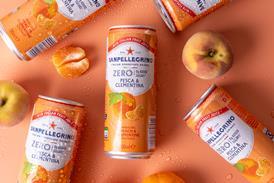



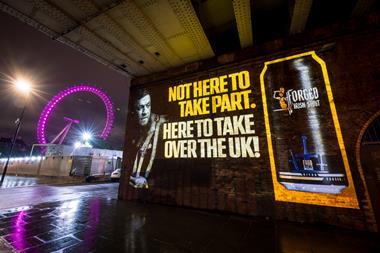
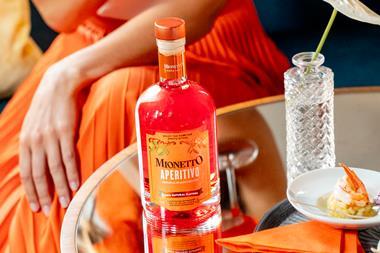
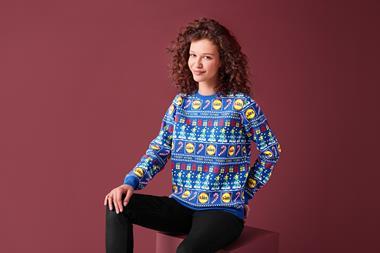
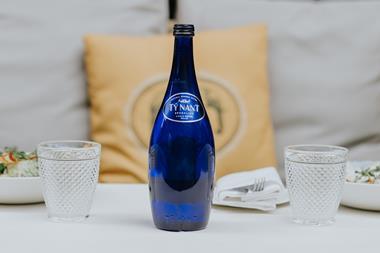

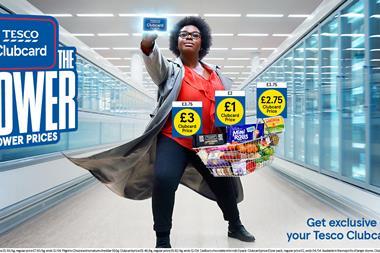
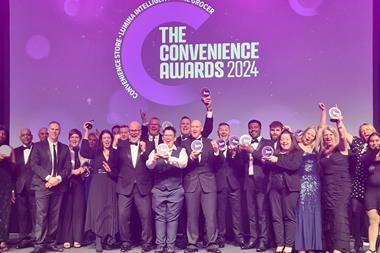

No comments yet